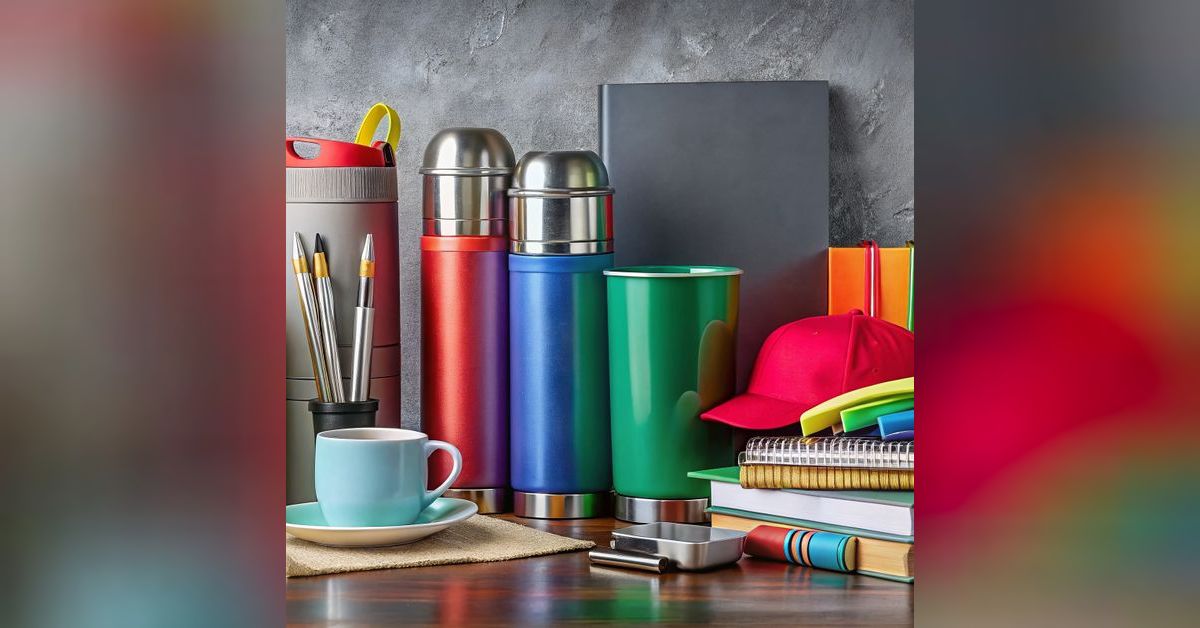Slang has always been part of culture, shaping the way younger generations speak and connect. From the “rad” of the ’80s to the “lit” of the 2010s, every era has its own buzzwords. One of today’s most popular phrases, especially on TikTok, is no cap.
What Does “No Cap” Mean?
At its simplest, “no cap” means “no lie” or “I’m telling the truth.” It emphasizes honesty or seriousness. If someone says, “That pizza was the best I’ve ever had, no cap,” they’re stressing they really mean it.
The opposite is just “cap,” which means exaggeration or lying. So if someone boasts, “I can run a mile in three minutes,” the natural reply might be, “That’s cap.”
Origins of the Phrase
Although TikTok made it a global trend, the term comes from African American Vernacular English (AAVE) and hip-hop culture. “To cap” has long meant to brag or lie, while saying “no cap” cancels that out.
The phrase entered mainstream use when rappers Future and Young Thug released the track “No Cap” in 2017. From there, it moved into everyday speech, boosted by rap lyrics, memes, and social platforms.
Why TikTok Loves “No Cap”
TikTok thrives on quick, catchy slang. “No cap” fits perfectly into short videos and comment sections. You’ll see it in:
- Captions: “This hack really works, no cap.”
- Skits: Used for emphasis in funny or dramatic lines.
- Comments: “Funniest video I’ve seen today, no cap.”
Because TikTok culture values humor and authenticity, the phrase spread rapidly across the app.
Everyday Use of “No Cap”
Part of the appeal is how flexible it is. People use it in serious conversations, playful exaggerations, or casual chats. Common examples include:
- Fashion: “This outfit is fire, no cap.”
- Advice: “Drinking water makes a huge difference, no cap.”
- Entertainment: “That was the best Marvel movie yet, no cap.”
It adds punch and credibility to otherwise ordinary statements.
Why Gen Z Embraced It
For Gen Z, authenticity matters more than ever. In an online world of filters and curated feeds, “no cap” acts as a quick way to underline when someone is being genuine. It’s casual, fun, and rooted in the music and internet culture this generation identifies with.
Criticism and Misuse
Like most viral slang, “no cap” isn’t free from criticism. Some argue it’s overused, making it lose its impact. Others point to cultural appropriation, since many people adopt the phrase without acknowledging its AAVE roots.
It’s also misunderstood outside younger circles, with some older users reading it literally rather than as slang. These differences show how quickly language can shift meaning.
The Future of “No Cap”
Slang terms rarely last forever. While no cap is still popular, overuse may eventually cause it to fade as new words emerge. Even so, it’s left its mark as one of the defining phrases of the 2020s, highlighting how social media influences the way we communicate.
Final Thoughts
At first glance, “no cap” might look like just another internet trend. But it’s more than that—it shows how music, online communities, and culture shape modern language. From AAVE roots to TikTok captions, it’s become a universal way to stress truth and authenticity.
So the next time someone says, “That video was hilarious, no cap,” you’ll know they really mean it.










